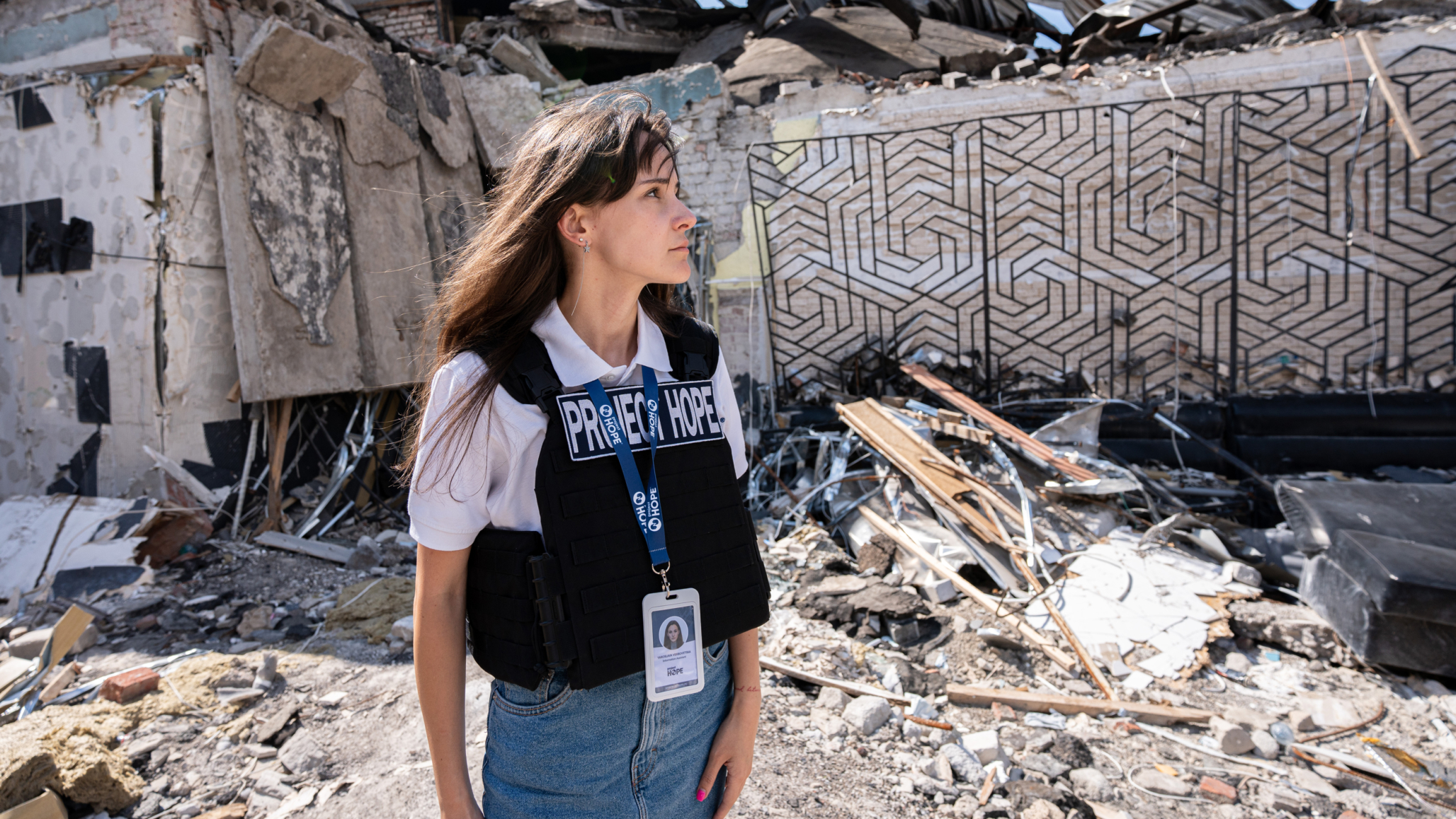What Do Mental Health Services Look Like Around the World?
Despite the prevalence of mental health issues, mental health services are still in a largely nascent stage. Here are some of the mental health issues and gaps in care that Project HOPE team members see in their communities around the world.

Despite how common mental health issues are, in many places around the world there is still widespread stigma surrounding them. Judgment and criticism are among the greatest barriers to care in many communities, while others struggle from a lack of quality services or trained mental health specialists.
We asked a few Project HOPE team members to share what mental health care looks like where they live, what the biggest gaps are, how it’s changed during the pandemic, and the most common issues that require care. Read on to learn more, and click here to learn how Project HOPE is helping improve access to mental health care worldwide.
Chilobe Kambikambi
Country Representative, Zambia

What does mental health care look like in Zambia?
There is generally poor access and underutilization of mental health services in Zambia. Historically, mental health care has been neglected in the Zambian health system, with services mostly focused at provincial government hospitals. There are very few and sometimes no staff at primary facilities and communities mostly rely on traditional medicine.
The 1951 Mental Disorders Act enforced a mental health care system that used derogatory language to refer to people with mental health disabilities and allowed indiscriminate arrest, detention (even imprisonment), and forcible treatment. Mental health services could only be accessed at psychiatric institutions and not at primary health care facilities. In 2017, the government repealed the act to enact a new Mental Health Bill, but the new act has not been operationalized yet.
What are the most common mental health issues that require care?
Around 20% of the population in Zambia will experience a mental health disorder. The most common mental conditions that require care include acute psychotic episodes, schizophrenia, affective disorders, alcohol-related problems, and organic brain syndrome.
What are the biggest gaps in mental health care?
Lack of adequate services close to the community and a lack of adequate skilled specialists at the primary care level are two of the biggest gaps in mental health care. Even when human resources are available, there is a lack of medicine and other supplies. Financing is another hurdle. Mental health has been the most poorly financed area in the health sector, with less than 1% of budget allocated to mental health each year. Policy frameworks and strategic plans are outdated, and there is a lack of community mental health programs as well.
Is there a stigma associated with receiving mental health services? How has it changed over the pandemic, if at all?
Stigma is one of the key barriers to accessing mental health care. Mental health patients are ridiculed in my community. Anyone with a mental health illness is regarded as “mad.” Mental health remains a big challenge in Zambia. In fact, it might have gotten worse since COVID-19 caused a rise in mental health issues.
Dr. Osman Kabia
Country Representative, Sierra Leone
What does mental health care look like in Sierra Leone?
Mental health issues are quite high in Sierra Leone due to many protracted crises: an 11-year civil war, the Ebola outbreak, mudslides, floods, fires, and COVID-19.
Myths around the cause and effects of mental health problems have affected access to care. It is believed that mental health issues are caused by curses, witchcraft, and judgment from the divine, so people often go to traditional healers and religious leaders as the first points of care — also because they are simply more accessible. Otherwise, due to the distance of the mental health units in the districts and the location of the only psychiatric hospital in Sierra Leone, access to quality mental health services is quite challenging.
What are the most common mental health issues that require care?
Depression, anxiety, and substance-induced psychosis are the three most common mental health issues in Sierra Leone.
What are the biggest gaps in mental health care?
There are four key gaps to mental health care in Sierra Leone. The first is limited knowledge of mental health issues and clear referral pathways to care. The second is limited access to psychotropic medication. The third is limited to no budgeting at district levels and the fact that mental health care is not prioritized by the government. The fourth is the fact that people who have been treated for mental health disorders are often excluded from society and have fewer livelihood opportunities.
Is there a stigma associated with receiving mental health services?
Stigma is evident in all facets of care. Over time there has been greater awareness and knowledge of mental health issues, which has helped increase referrals to care provision centers, and self-care interventions have been held for health care workers.
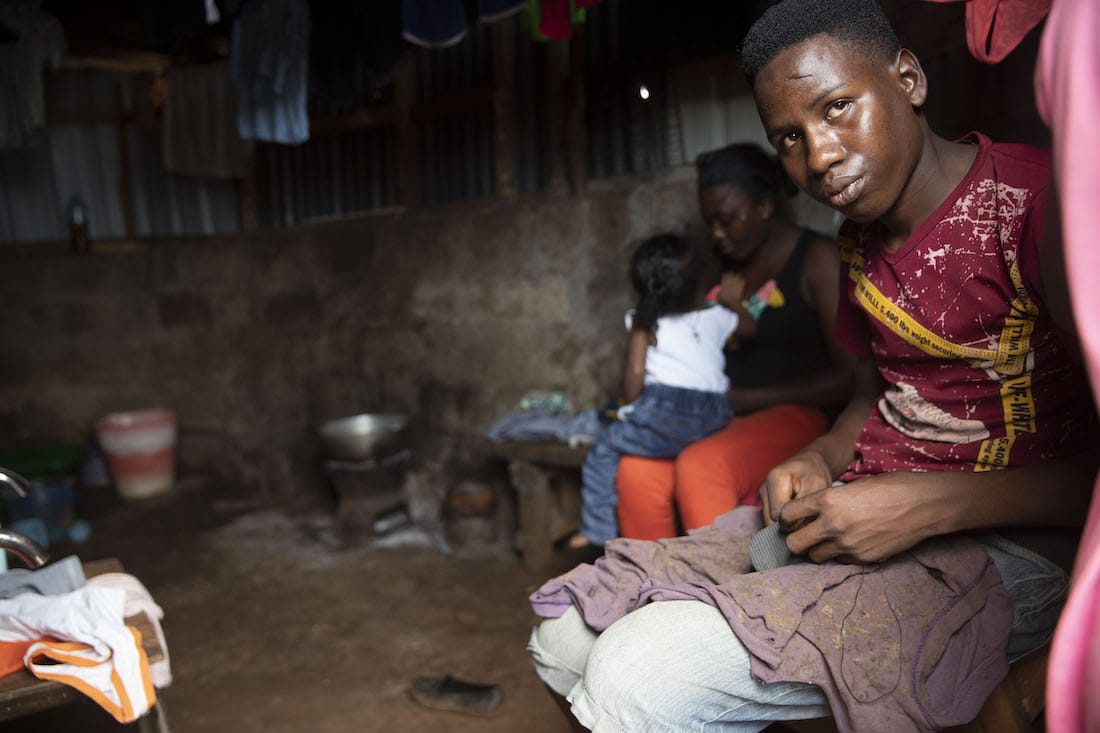
Dr. Uche Ralph-Opara
Deputy Chief Health Officer
Formerly Regional Director, Nigeria

What does mental health care look like in Nigeria?
Mental health is currently being integrated into Nigeria’s primary health care system, but the burden of mental health disorders is very high, and there is limited awareness of and access to affordable services. Approximately 80% of individuals with serious mental health needs cannot access care, whether because of stigma, inadequate resources, or lack of facilities and trained mental health personnel.
There is still so much stigma associated with receiving mental health services in Nigeria. However…this narrative is gradually beginning to change. People are becoming more open to speaking up and prioritizing mental health care, especially in the city.
Access to care is restricted to the most severe cases, usually in the form of psychiatric inpatient care or makeshift institutions. The result is a chronically and dangerously under-resourced mental health system that meets the needs of only 1 in 8 Nigerian people who suffer from mental illness.
Due to limited knowledge around mental health disorders, especially at the community and primary health care levels, caring for people with mental illness is typically left to family members, who are not properly trained or informed. Many Nigerians attribute mental illness to drug abuse, possession by evil spirits, or lack of grit, and thus the majority of patients are taken to prayer houses for spiritual interventions.
What are the most common mental health issues that require care?
The most common mental health issues include anxiety, depression, bipolar disorder, and post-traumatic stress disorder.
What are the biggest gaps in mental health care?
The biggest gap in mental health care is the stigma attached to mental health issues, along with the very limited number of mental health care professionals in the system. Nigeria has fewer than 300 psychiatrists providing services to a population of over 190 million people.
The lack of facilities, resources, and proper information about mental health poses a big challenge to the progress of holistic mental health in Nigeria. There is also the question of cost. Even in cases where citizens have health insurance, mental health services usually aren’t covered.
Is there a stigma associated with receiving mental health services?
There is still so much stigma associated with receiving mental health services in Nigeria. However, with recent attention on mental health from the government, donors, and even community stakeholders, this narrative is gradually beginning to change. People are becoming more open to speaking up and prioritizing seeking mental health care, especially in the city.
People have also become a bit more conscious of their stress and anxiety levels, but this may not have translated to improved access to services for people in need of support.

Dr. Didinu Tamakloe
Team Lead, Haiti
What does mental health care look like in Haiti?
In our society, mental health is often neglected, and people tend to associate mental illnesses with evil spirits or witchcraft. Parents of people living with mental health conditions would rather go see a religious leader instead of going to the hospital to see a mental health professional. There are fewer than 10 psychiatrists in the whole country, and there are very few therapists and psychologists. So care is not easily accessible, especially for people in the countryside. Outside of Port-au-Prince and other cities, mental health specialists are simply not available.
What are the most common mental health issues that require care?
All mental health conditions require care. But according to our statistics, the most common mental health issues needing attention include depression, psychosis, and substance abuse.
What are the biggest gaps in mental health care?
One of the biggest gaps in mental health care is the stigma around it. People who are living with mental health conditions are usually stigmatized in the community. Patients are often labeled by their disorders instead of treated as patients experiencing mental health conditions. The cost of psychotropic medications is another barrier, as well as the lack of specialists and psychiatric centers.
How has the situation changed over the pandemic?
During the past two years there has been a great improvement in awareness around the need for mental health care. Nowadays there’s much more awareness around mental health — but there is still a lot more work to do. Since the pandemic and the earthquake, NGOs like Project HOPE, with the help of USAID, have made primary mental health services more accessible to the community.
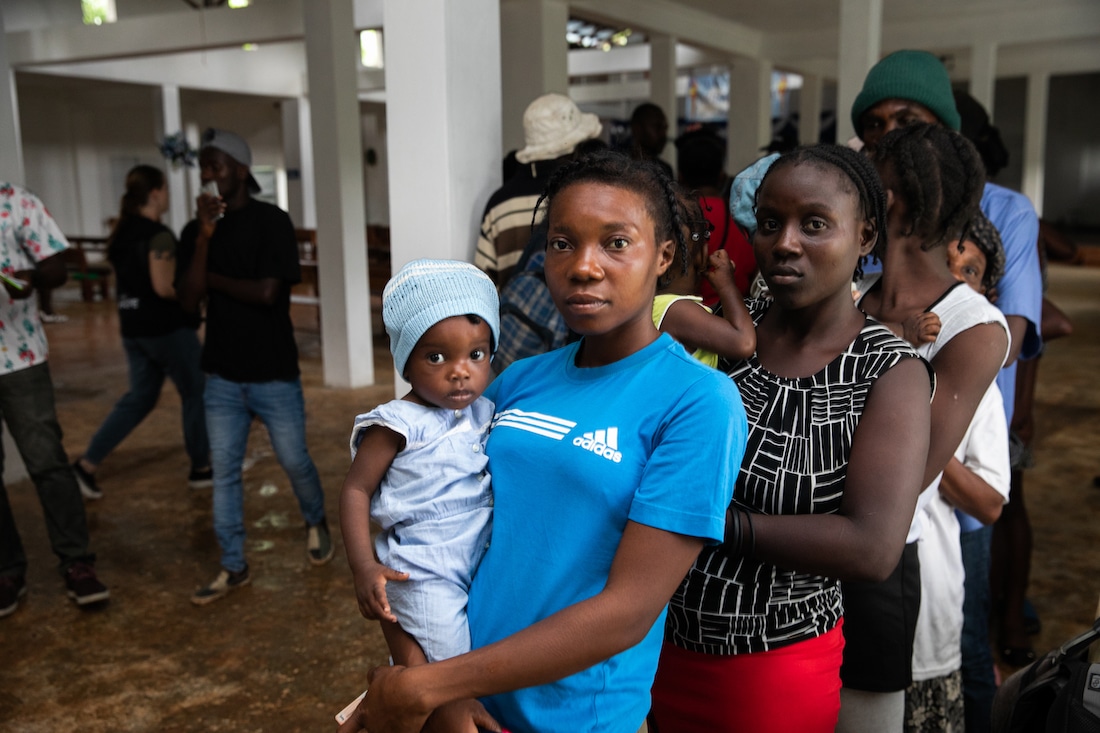
Dian Assiddika
Program Manager, Indonesia

What does mental health care look like in Indonesia?
Indonesia faces numerous challenges in providing adequate mental health care to its 273 million citizens. Centralized funding for Indonesian mental health accounts for only 1% of the national health budget. There is also a severe shortage of mental health personnel, treatment, and care facilities, particularly outside of Java.
Despite a shift toward community-based outpatient care, Indonesia’s mental hospitals and psychiatric wards in general hospitals remain the primary sources of care. Demand exceeds supply, with 6 of 34 provinces lacking a mental hospital — three of which lack a single psychiatrist. Only 56% of government district hospitals and less than half of all primary care centers are equipped to handle mental health cases. Fortunately, there are many dedicated and passionate mental health professionals, government officials, academics, and consumer advocates — but not enough. In 2020, there were nearly 15,000 Indonesians for every mental health worker (this includes psychiatrists, clinical psychologists, community mental health nurses, mental health trained general practitioners, and lay mental health workers).
What are the most common mental health issues that require care?
Mental disorders affect about 1 in 5 people in Indonesia — around 54 million people. Depression is one of the most common issues. The results of the 2018 Basic Health Research (Riskesdas) show that depressive disorders begin developing in adolescence. About 16 million young people 15 and older exhibit symptoms of an emotional mental disorder such as depression (a prevalence of 6.2%). The likelihood of depression increases with age, with the highest prevalence among those 75 and older (at 8.9%).
What are the biggest gaps in mental health care?
Lack of mental health literacy and stigma are some of the most significant social challenges. Family stigma in particular is a significant barrier to seeking help and adhering to treatment.
Access to mental health services is one of the most noticeable gaps. In 2018, only 40% of Indonesia’s primary health care facilities had operational mental health programs. Mental health professionals are scarce and their distribution is uneven across the archipelago, with most concentrated in major cities. It is also difficult to find information about mental health services.
Many people diagnosed with mental disorders such as schizophrenia are subject to human rights violations and are at risk of being locked up in cages, stocks, or chains known as pasung. At the end of 2018, Human Rights Watch estimated that 12,800 people were affected by pasung.
Is there a stigma associated with receiving mental health services? How has it changed over the pandemic, if at all?
Yes, and given the stigma associated with mental illness and psychosocial disabilities, we predict numbers to be much higher than what’s reported. Many people diagnosed with mental disorders such as schizophrenia are subject to human rights violations and are at risk of being locked up in cages, stocks, or chains known as pasung. At the end of 2018, Human Rights Watch estimated that 12,800 people were affected by pasung.
During the pandemic, mental health services shifted to e-counseling. Although voice and video call consultation were deemed acceptable, their practical application is limited and excludes those who are digitally illiterate or do not have a stable internet connection or a smartphone. Another significant issue is that Indonesia’s national health insurance (JKN) does not cover telemedicine services, which discourages patients from using e-services. Other issues include shorter consultation periods, a lack of physical examinations, and difficulties with tele-pharmacy (for example, inter-province prescription writing is prohibited).
Additionally, most health workers in Indonesia have experienced stigma and discrimination during the pandemic because of the public fear of the virus. Nurses (and their families) are excluded from the social environment, evicted, prohibited from taking public transportation, prohibited from getting married, and possibly divorce. This discrimination has likely impacted their mental health, but nurses tend not to seek help because of the stigma associated with it. Most of the health care workers we’ve surveyed said they don’t have any mental health problems (or that they should not have a mental health problem as a health worker), but they responded otherwise when we asked if they wanted a mental health support system in their workplace. Such unwillingness to seek help or disclose a mental health problem can lead to an overreliance on self-treatment, low peer support (including ostracization and judgment from co-workers), and an increased risk of suicide.
Jenny Xu
Country Director, China
What does mental health care look like in China?
Depression is the most common mental health issue in China. In 2020, nearly 25% of adolescents were reported to be experiencing depression, with mild depression at around 17% and severe depression at around 7%.
People in China can get mental health care from psychiatric hospitals (usually we call them mental health centers at provincial levels) or from the psychiatric department of general hospitals. There are only around 1,000 institutes that can provide mental health care in China, and they are not evenly distributed throughout the country.
Local community centers such as elderly care centers, children’s homes, or disability rehab centers can provide lectures or patient events to improve mental health locally. There is usually at least one full-time psychologist in high schools to provide students with counseling and crisis intervention. Sometimes government offices conduct annual psychological assessments. People can also get psychological assistance via hotlines.
What are the most common mental health issues that require care?
Depression is the most common mental health issue in China. In 2020, nearly 25% of adolescents were reported to be experiencing depression, with mild depression at around 17% and severe depression at around 7%.
What are the biggest gaps in mental health care?
We need to build the network for psychological counseling and crisis intervention among students, health care professionals, social workers, policemen, and others who need to resolve conflicts every day.
Other gaps include the limited capacity of health care professionals and lack of public awareness. We need to train more psychiatrists, psychologists, and social workers to mobilize volunteers and professional associations.
Is there a stigma associated with receiving mental health services? How has it changed over the pandemic, if at all?
According to psychologist hotline workers, COVID-19 patients felt stigma when they were confirmed and transferred to isolation hospitals, and even once they recovered and went back to their communities. Meanwhile, residents who were locked at home felt depressed. Patients usually won’t let their friends know that they receive mental health services. People keep it private.
Mental health institutes developed new approaches to increase mental health for the public during the pandemic. In Wuhan, more than 4,000 volunteer psychologists provided psychological counseling over hotlines, WeChat, and other apps. In Shanghai, there was an online video platform for live psychological counseling and lectures, which increased public awareness of mental health.
Lucia Daccarett
Mental Health Specialist, Poland

What does mental health care look like in Poland?
Mental health care is largely abstract and difficult to define. Mental health is often connected with myths and mixed with misconceptions. In general, people tend to think that it’s most important to stay positive, without recognizing that our emotions do not depend exclusively on our will and are more correlated with our environment and our health. Access to mental health care in Poland is uncertain, and there aren’t enough qualified health workers.
What are the most common mental health issues that require care?
It is not a diagnostic. The idea is to seek professional attention when you feel that something is wrong, when you are not enjoying the things that usually make you happy, when problems exceed your ability to think clearly. At this moment, the principal symptoms are intense fear, trouble sleeping, and constant feelings of insecurity, lack of hope and sadness.
What are the biggest gaps in mental health care?
It is important to start with basic prevention to avoid the need to use specialized services, such as long-term treatment that may require the use of medication. The unavailability of mental health services makes it more difficult for people to seek this support.
Is there a stigma associated with receiving mental health services?
In Poland, the stigma around mental health is still present. The idea to receive a treatment after an obvious crisis like the pandemic has become more normalized, but it is still common to hear expressions like “don’t exaggerate,” “it’s not that bad,” or “If I were you, I would be going to drink or travel, not to the psychologist.” People try to avoid seeking professional help and look for quick solutions to sadness and anxiety, expecting that these feelings will eventually go away.
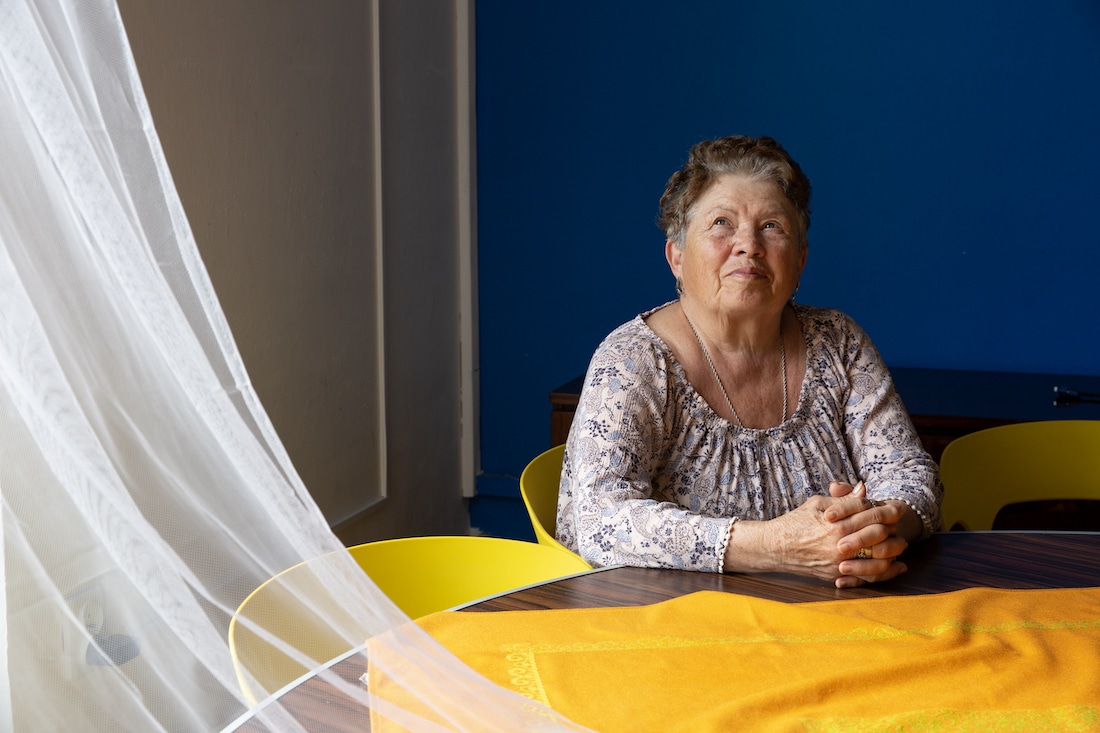
Giorgio Trombatore
Regional Director, Ukraine Response
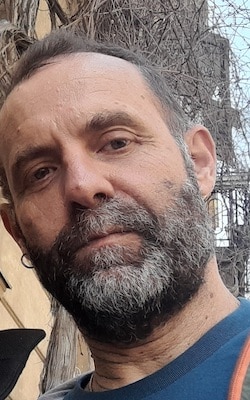
What does mental health care look like in Ukraine?
We don’t have well-organized government mental health support. Mental health care is most commonly provided by private practices and psychologists, which are poorly controlled by professional associations and the state. As with any private practice, service is relatively expensive for our citizens.
Severe cases are treated in special clinics and hospital units. The approach and patients profiles may be different to those in western countries.
What are the most common mental health issues that require care?
Anxiety is the most common mental health condition that requires care.
What are the biggest gaps in mental health care?
I believe we have an old Soviet system in this area of medicine. Society and many health workers are not aware of western approaches to mental health.
Lack of services is especially concerning considering the huge toll that ongoing aggression is taking on people. Communities have left the east in fear of the war. Men have remained behind to fight, while women and older people with children cross the border to seek refuge in Poland, Moldova, Romania, and beyond. Those who remain in Ukraine live under constant tension. The towns have curfews and checkpoints, as well as alarm systems that alert people to find cover when missiles strike. People living in proximity to the front lines are impacted most, where we see houses destructed and a high toll on civilians. The result can only be a deterioration of people’s well-being. And normally in such situations, hospitals give priority to physical traumas rather than focusing on mental health.
Is there a stigma associated with receiving mental health services?
The stigma is strong. It’s taboo to speak about mental problems and emotions freely and to seek help. Those who try to find help are faced with a lack of health professionals and a lack of understanding of the nature of mental illness.


